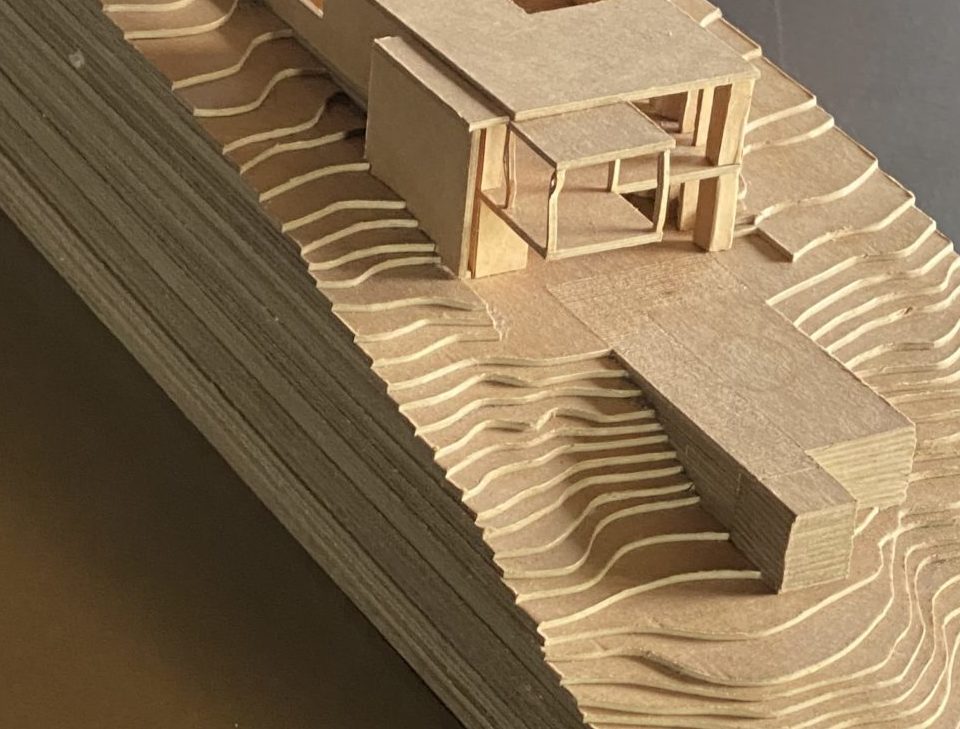This week, we follow the Home of the Year 2021 judges as they embark on an ambitious architectural journey around New Zealand.
The suburban sprawl on Auckland’s North Shore is less of a sprawl and more of a series of packed coastal hills with homes fighting for elbow space to see the sun set.
Houses here eagerly try to squeeze out every last drop of juice from the sun – for perfectly manicured, ornamental gardens; for small slices of infinity pools; for seldom used trampolines – while at the same time safeguarding those dwindling slivers of privacy. Higher density brings a new set of tensions for neighbours used to high fences and, as we saw on a few occasions today, an architect who can deftly guarantee a good dollop of natural light, while still allowing the inhabitants to wear dishonourable pyjamas… has a lot going for themselves.
Today we saw houses that succeeded on this to varying degrees.

One interesting one was a Takapuna house. Directly in front of a very public beach, the designer could have opted for a bunker but instead they designed for openness which yes, put their social areas on display, but also created a healthy symbiosis between the public and the private spheres. I was reminded of that very Dutch tradition of not putting curtains, of having a high level of porosity between the street and the living areas and how that connection activates the interior, improves security for the neighbourhood and, overall, creates friendly spaces.
There were also questions around community vs individuality in suburbia. How does one design for context when many clients are seeking homes that reflect their personality or (in some cases) flaunt their success? How are those houses expected to instigate a sense of community – if not between their neighbours – at least in the cohesiveness and communication of their design? Does that even matter?

There was talk of coming up with a clear and distinct set of parameters for what it is that makes a good ‘home’ in the context of this competition. Is it a “sense of joy”, is it that the design does something “new” or at least different? Do we insist that, even though we now have a green category, every successful finalist should at least have made some attempts at understanding the environmental zeitgeist?
We agreed, in principle, that yes… all of those need to be taken into consideration, but also that the parameters become clearer once we have more to compare.
In terms of kilometres (253), we haven’t travelled much today, but we have covered some interesting and fertile ground.
Beach Haven to Grey Lynn: 18km
Grey Lynn to Red Beach: 40km
Red Beach to Takapuna: 27km
Takapuna to Avondale: 19km
Avondale to Ardmore Airport: 33km
Ardmore Airport to Hamilton: 116km




